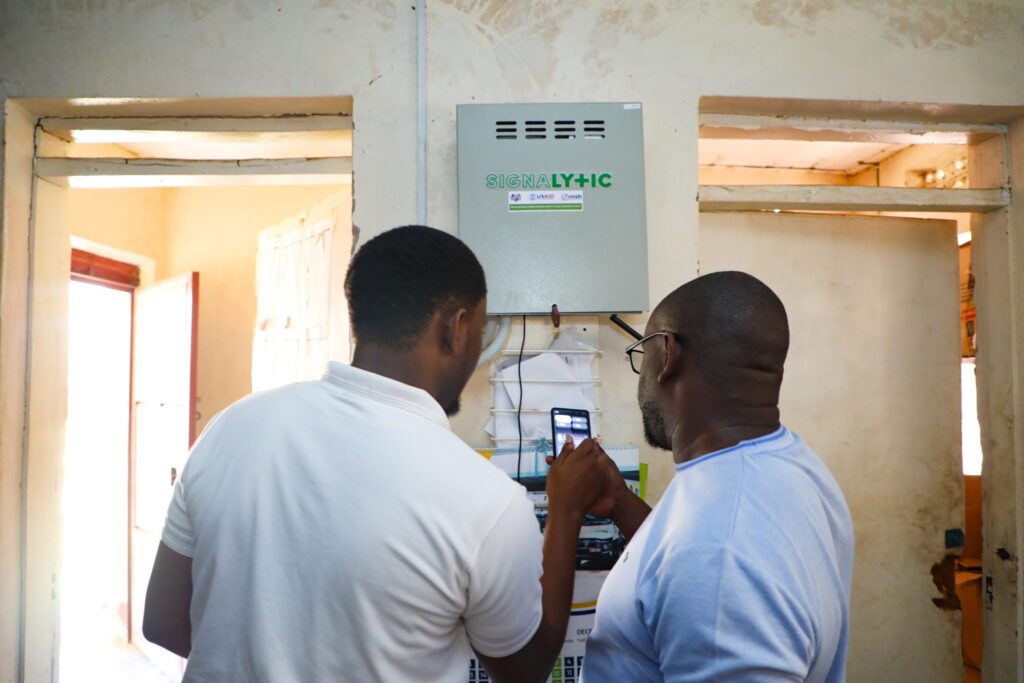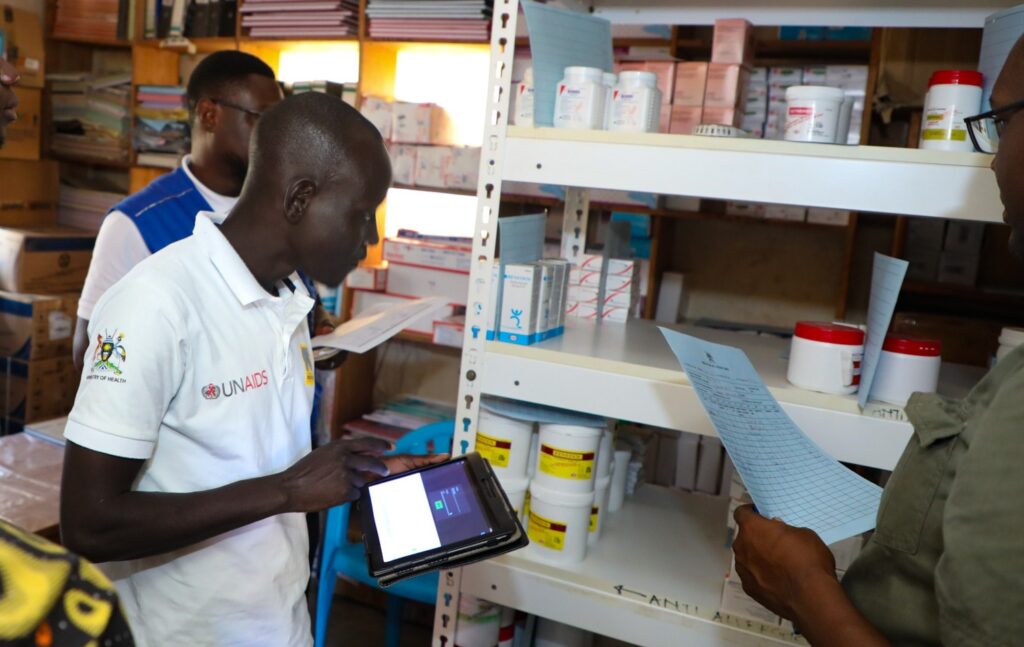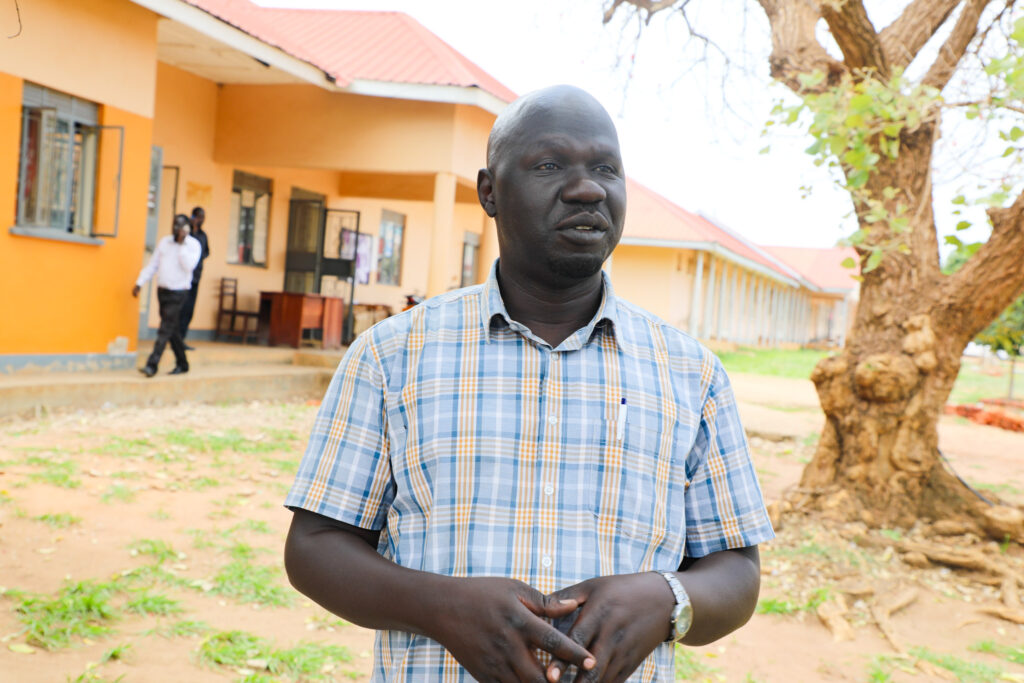A Solar-Powered Innovation Ensuring Medical Supply Availability in Northern Uganda
A Solar-Powered Innovation Ensuring Medical Supply Availability in Northern Uganda
By Tori Spivey

Digitalizing a country’s health supply chain can reduce errors and inefficiencies, enabling real-time tracking of medicines and preventing stockouts. However, 23 health facilities in Yumbe District in northern Uganda, lacking internet access, continued to rely on paper-based methods to manage and track their medicines.

To address this, the MSH-led USAID Strengthening Supply Chain Systems (SSCS) Activity partnered with Ugandan-based medical technology manufacturer Signalytic to provide digital infrastructure to these facilities. The initiative is part of a broader effort under Uganda’s 10-year health supply chain roadmap to modernize its systems.
Nine health facilities and one district medical store were selected to pilot Signalytic’s technology. The Ministry of Health, Yumbe District local government, and SSCS regional team installed solar-powered tablets and trained staff to use them. The tablets connect health facilities in rural areas, allowing data entry that updates a district-wide ledger, visible on a shared dashboard, to monitor inventory levels from local- to national-level medical stores.
“Ariwa Health Center III had no system to support the management of medicines and supplies in stores. Everything was manual,” says James Illerugo, In-charge at Ariwa Health Center III. “Now, it’s just a click and you can generate a stock status report.”

The system has streamlined communication and restocking. Now, if one health facility notices waning stock on a particular medication, they can contact another health facility that the dashboard shows has it in stock. District Medicine Management Supervisor George Madrara recalls, “I used to have to bike 45km to Ariwa Health Center III, but now I can check stock status with a click and make a phone call before redistributing.”
Between January 2023 and May 2024, the average data synchronization rate across the nine health facilities was 83%, nearly double the national average of 42%. Five facilities have maintained a 100% synchronization rate since the installation.
As the Government of Uganda continues to implement the 10-year roadmap, innovations like Signalytic’s are crucial for achieving digitalization goals. Yumbe District Health Officer Dr. Zubeir Ojjo agrees: “We are committed to ensuring that this innovation is sustained and rolled into other health facilities because we have witnessed how effective it is in terms of supply chain management.” The success of this pilot in the Yumbe District offers a model for other rural health facilities, strengthening Uganda’s health supply chain to improve services for all Ugandans.